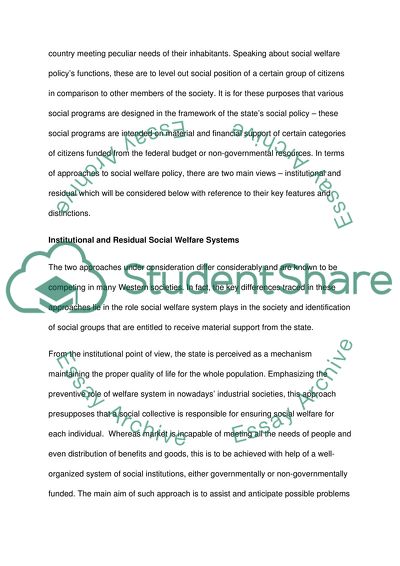Cite this document
(Defining Social Welfare Policy Essay Example | Topics and Well Written Essays - 2000 words, n.d.)
Defining Social Welfare Policy Essay Example | Topics and Well Written Essays - 2000 words. https://studentshare.org/sociology/1839274-defining-social-welfare-policy-and-the-system
Defining Social Welfare Policy Essay Example | Topics and Well Written Essays - 2000 words. https://studentshare.org/sociology/1839274-defining-social-welfare-policy-and-the-system
(Defining Social Welfare Policy Essay Example | Topics and Well Written Essays - 2000 Words)
Defining Social Welfare Policy Essay Example | Topics and Well Written Essays - 2000 Words. https://studentshare.org/sociology/1839274-defining-social-welfare-policy-and-the-system.
Defining Social Welfare Policy Essay Example | Topics and Well Written Essays - 2000 Words. https://studentshare.org/sociology/1839274-defining-social-welfare-policy-and-the-system.
“Defining Social Welfare Policy Essay Example | Topics and Well Written Essays - 2000 Words”. https://studentshare.org/sociology/1839274-defining-social-welfare-policy-and-the-system.


